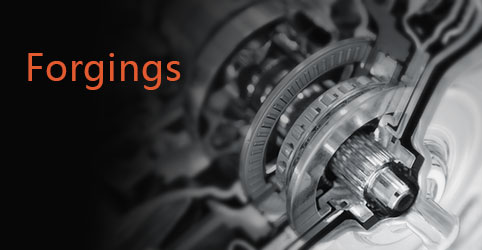 |
Forging is one of the many ways to machine raw metals. And we implement a technique known as “extrusion forging” to manufacture our products. The process of extrusion forging is applying a great amount of pressure continuously on to a metal billet in a die cast, molding the metal into the initial form of our product. Forging methods can be sorted into 3 types: open die forging, closed die forging, and ring rolled forging, AFT implemented open die and closed die forging in our factories. Open die forging is suitable for larger products, while closed die forging is fit for products that are more sophisticated with more attention-to-detail needed.
|
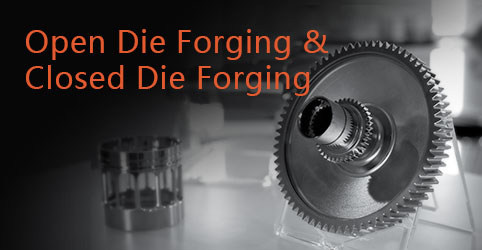 |
Aluminum forged products can be found on numerous high-end and race-certified vehicles, whether its 2-wheeled or 4-wheeled. MotoGP, WSBK, Formula 1, WRC, IndyCar Series, nearly every single international motorsport racing has implemented forged aluminum alloy on their vehicles. Therefore, these examples show how crucial and necessary forged aluminum parts are in reducing weight while still keeping integrity.
|
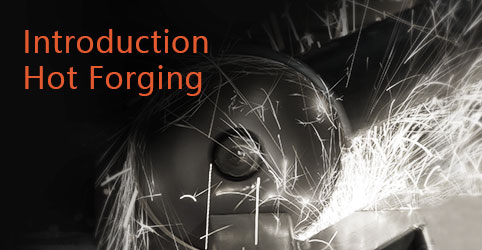 |
Hot Forging can be determined as “Applying immense and constant extrusion force on a moldable metal workpiece, usually a billet, to form said piece into a specified shape until the metal piece reaches around 75% of its melting temperature”. Hot forged products have a higher malleability, homogenized grain structure, and are porosity free.
|
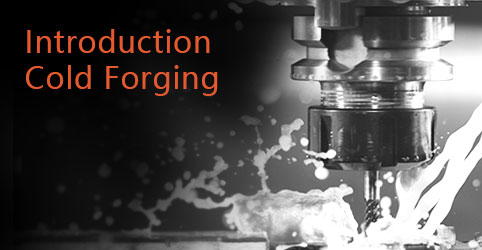 |
The most obvious difference between hot forge and cold forge is, while hot forge induces extensive heat onto the billet, cold forge simply keeps the workpiece at room temperature with no additional heating required. Cold forged products reach greater hardness yet lower malleability, however, this method is more cost- effective and more eco-friendly.
|
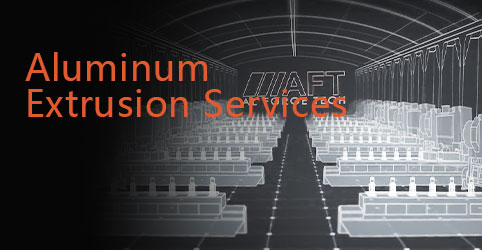 |
Aluminum extrusion is a metal forming process in which aluminum is forced through a shaped die to create objects with a specific crosssectional profile. This technique leverages the metal's excellent malleability, allowing it to be easily shaped into complex designs without compromising its inherent properties like strength, corrosion resistance, and lightweight nature.
|
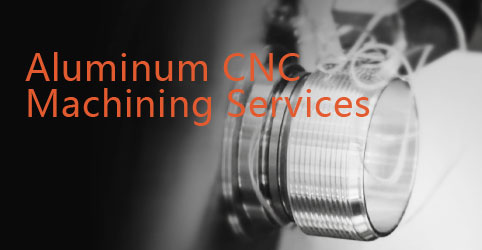 |
Aluminum CNC Machining refers to the process of using Computer Numerical Control (CNC) machines to precisely cut, shape, and manipulate aluminum into desired parts or components. It is a widely used manufacturing process because aluminum is lightweight, durable, corrosionresistant, and easy to machine.
|






